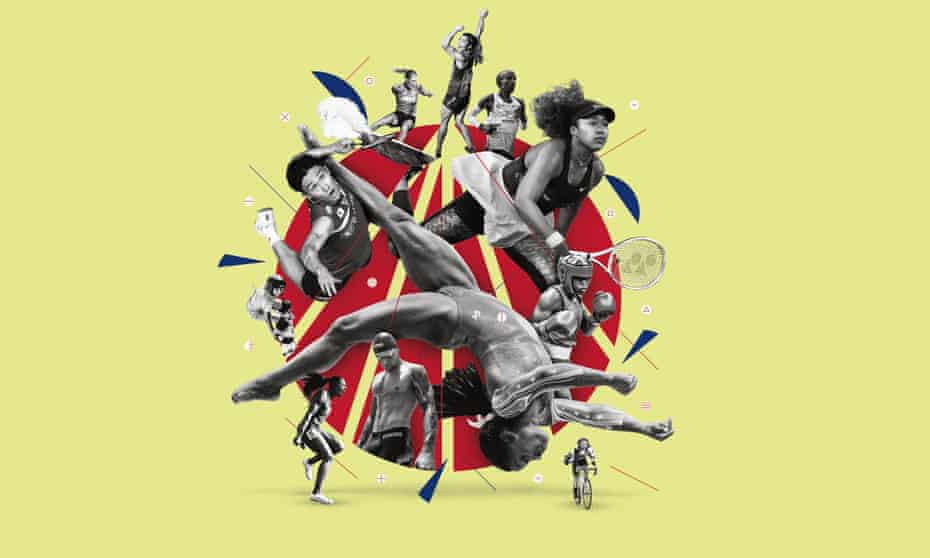Coaching – Without question; the quality of coaching and the athlete-coach relationship are the essential features of athlete development. No other single factor is as important.
- The quality of coaching determines the quality of the trainging environment. Athletes will not improve much without high-quality coaches creating and directing an intelligent training plan.
- The coach’s commitment to excellence and fixing of realistic goals set the tone of training.
- The time a coach has available is important for establishing adequate training. The time available often depends on the extent to which coaches can be paid for their coaching activities.
- The number of athletes a coach must train influences the quality of the training-the fewer athletes, the better for those being coached.
- The number of responsibilities, other than coaching, that a coach mush assume (e.g. fund-raising, administration) detracts from their ability to coach successfully.
Athletes – Having special talent, strong motivation and a willingness to work extremely hard are all characteristics of a successful athlete. Finding such individuals and encouraging them to pursue their talents to the fullest are often major challenges. Sometines, for a sport to succeed in developing athletes to a reasonably high level, a talent identification programme must be implemented, along with developmental programmes to help them.
It is obvious that, in countries with limited resources, facilities, competition opportunities and financing, there may be little opportunity for youngsters to find a sport in which they can excel. Bu necessity, sport administrators may need to concentrate limited resources on only a few sports in order to achieve some improvement. It is important for sport administrators to understand what the goals are for a particular sports programme (whether Olympic competition or only regional competition) in order that they can adopt the right approach to athlete development.
Facilities and equipment – A lack of access to appropriate facilities and equipment may be a limiting factor to sport development. Unless this problem is reaolved, it will be difficult to develop athletes to the highest levels. However, because of their high motivation and commitment to hard work, may Olympic athletes have been successful despite sub-standard training facilities and equipment. Many examples can be given where coaches and athletes improvised in order to create an adequate environment. Overcoming difficult training conditions sometimes strengthens the athlete’s resolve and provides them with an advantage during tough competition.
Sport administrators need to help create a positive training environment. Below are some suggestions which may help to improve facilities and equipment:
- Clearly identify your facility or equipment needs. You need to know exactly what you need and its priority level.
- Try to make your sport’s needs known to school officials, community officials or politicians, the military, businesses, sevice groups or government bodies. See if they can help or provide advice.
- Work with other sports or community groups to develop a plan or strategy to achieve your needs.
- Consider whether corporate support may be available to provide equipment or clothing under reasonable conditions
- Consider entering sponsorship or licensing agreements for goods or cash, in return for corporations using your logo or being designated as “official sponsors”.
- Approach specific International International Federations to determine if they can assist with designing sport facilities or providing equipment.
- Consider training for periods of the yer in existing facilities in other locations in order to improve the quality of training.
In order to develop a well organized training and competition programme, good planning and a fair degree of administrattive support are required – Olymympic Solidarity Sport Administration Manual


Recent Comments